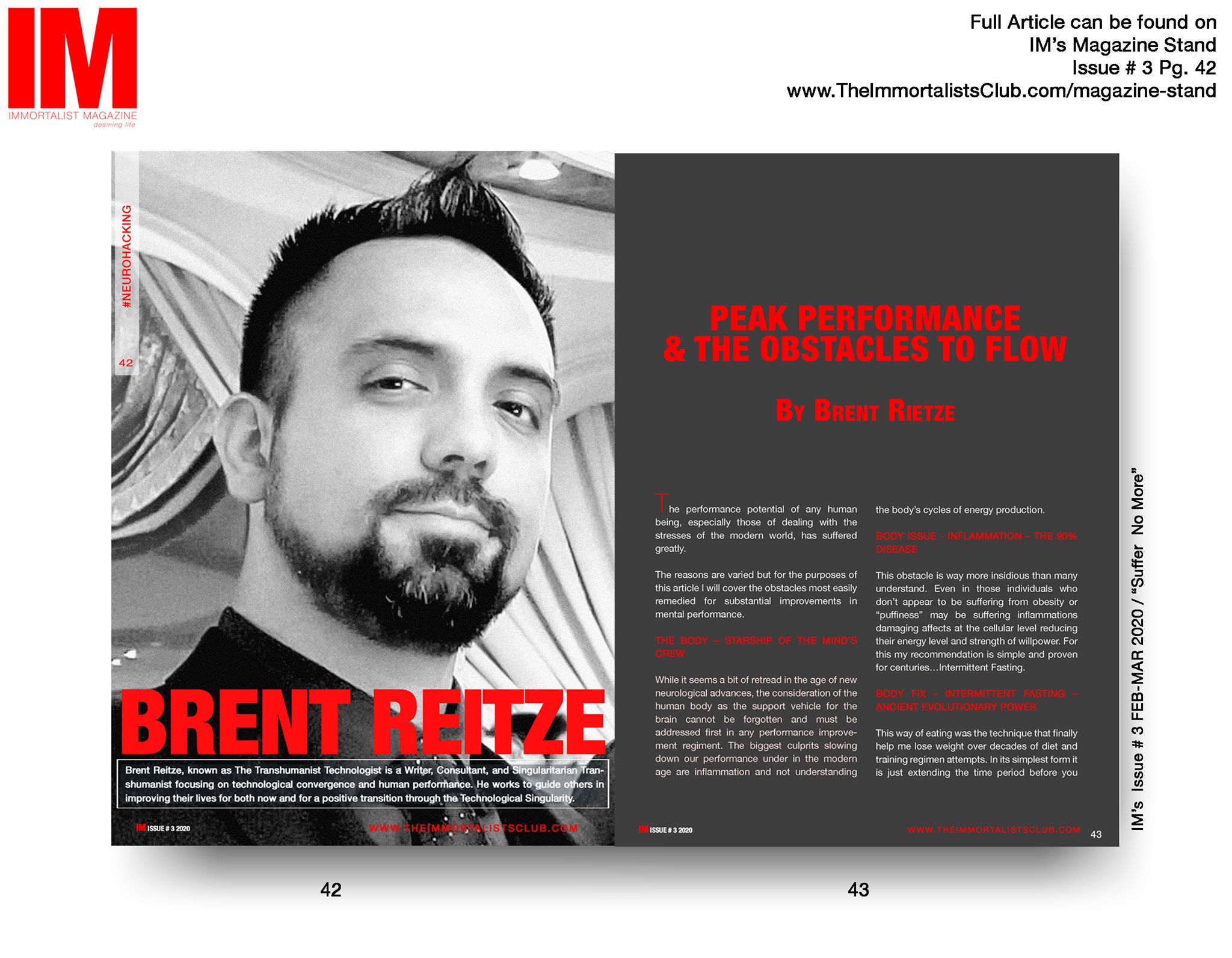Originally published at IEET
The nature of what is truly real has been pondered by philosophers for centuries. Plato argued we were only seeing shadows of true reality. Descartes pointed out nothing could be proven by your own thoughts. And while we must assume a shared reality to function with other over the course of daily life, that assumption will come to be questioned in the future with the rise of Virtual Reality (VR) and Augmented Reality (AR) technologies.
Indeed what may constitute a “reality” may come to be redefined altogether. Take a typical day now. We get up to a shared reality space with family, the same bedding, decor, available foods, then transport to work, same commute as others, same cityscape, arrive and share the same offices, same available lunch places as your coworkers. Leisure after work is in communal spaces limited by our geography.
But as AR technologies become common place, the assumption of shared realities can no longer be made. You will wake up, activate your personal AR device (Headsets now, glasses, contacts or implants later) and the home will appear differently decorated to the preferences of each AR user. Different decorations and color schemes, different vistas from differently shaped virtual windows, different feeds of information from different parts of the world. Families may choose a defined shared space to maintain a semblance of normal life, and could do so even while separated around the globe, but would have to choose to accept the shared realities and individuals might still choose to override specific functions and items to their liking.
The path to work could no longer be assumed the same as everyone else. Billboards might be blank while displaying customized content to each individual AR user. People may run past you wildly moving to avoid virtual game players and objects and might never know what the group that ran past you was seeing if you were not aware of which game they were playing. Two might appear to be playing the same game, but just as modding allows wild changes to modern PC games, the reality they share might be in rules only, each seeing vastly different vistas than the other.
Work places might enforce a shared space for convenience, but again could do nothing for the individual overrides users might put in place.
Indeed you might never know anymore what the world looks like to another AR user unless they chose to share it with you, and even then privacy settings might limit how much is shared and visible to you.
New conventions would have to be established in order to allow AR users to safely traverse the world and function together. Guidelines and manners would to be agreed upon to sort out on what each AR user is seeing and sharing with others, most likely through the use of AR Overlay subscriptions. The world will be sub-divided into various reality overlays and AR users will subscribe to each as needed for them to interact with them.
Entering a city, subscribe to the city AR Overlay to see what public information they are projecting. Taking public transport, subscribe to the Metro AR Overlay and be instantly aware of the comings and goings of various transportation options, as clear AR markers direct to your correct transport. Entering a work or commercial space, subscribe to the that commercial AR overlay and see the various options being advertised around you with other shoppers and workers. Subscribe to the Gaming AR Overlays to be aware of games being played in your local area, either to join in or to avoid becoming a walking obstruction.
Or alternatively, begin selecting various parts of overlays to be blocked from your vision should they bother you and to prevent overwhelming you. Or block everything all together and overlay a serene space for a short time to mediate and collect yourself.
With such subscriptions AR users would all be seeing customized realities, perhaps with little overlap, so to preserve the safe movement of people, certain structures would have to be decided to non-overlayable. Stairs, escalators, elevators might be recognized by software as objects to not place holoview screens over or to highlight to the user for safety, but still allow holo-objects and characters for interaction, as virtual holo-assistants may become more commonplace as well.
And there is the role of VR to add layers to our ever complicated realities. Since the ability of AR to overlay objects atop “meatspace” might create separate realities for even those sharing a physical space, many may choose to begin spending a larger percentage of their lives in fully virtual spaces either as a completely personalized virtual refuge from the outside world, which they may invite others like one might invite over to an apartment, or as part of larger completely virtual worlds, tailored to the whims of the online community that inhabits them. This may seem like a dystopian prospect, but will become especially prevalent as automation reduces the need for human workforces and human minds become increasing connected and augmented by machines networks with more time to spare. Larger and larger parts of our cognitive processes will no longer take place in our brains, increasing the need for virtual spaces to exist in.
Eventually physical “meatspace” reality may cease to be considered the “true” reality as the majority of human existence, thinking, and living may no longer occur there and we each live as multi-instanced beings across several shared virtual realities. Our realities will truly only be a product of our perceptions, and we will choose those perceptions and thus becomes masters of our reality, to share and participate in as we choose.








